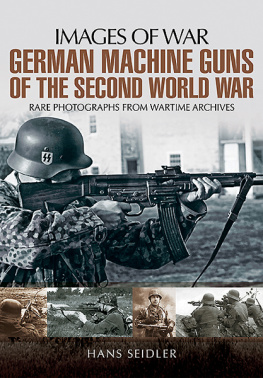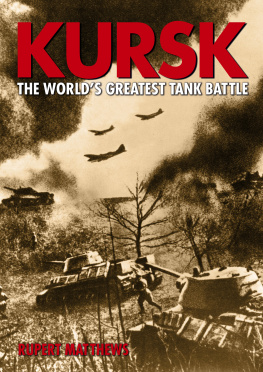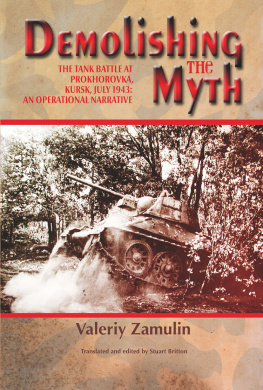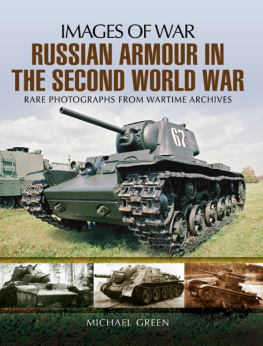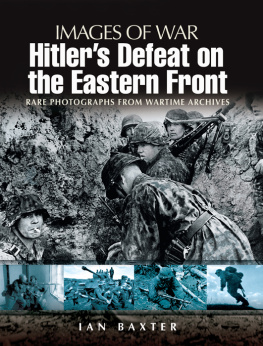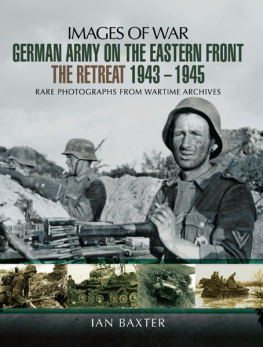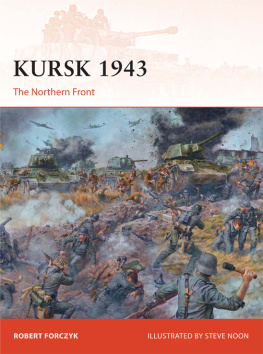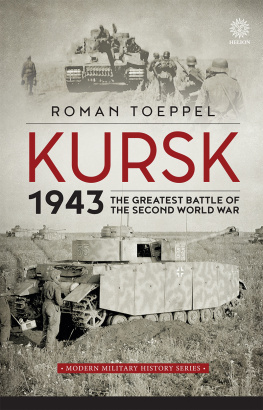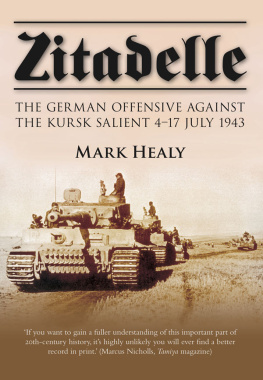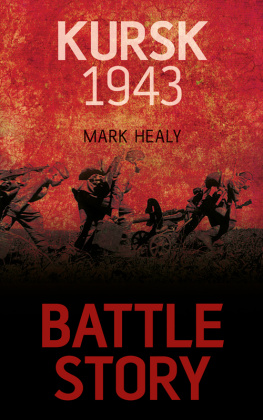
First published in Great Britain in 2011 by
PEN & SWORD MILITARY
An imprint of
Pen & Sword Books Ltd
47 Church Street
Barnsley
South Yorkshire
S70 2AS
Copyright Hans Seidler, 2011
ISBN 978-1-84884-393-6
eISBN 978-1-78303-828-2
The right of Hans Seidler to be identified as author of this work has been asserted by him in accordance with the Copyright, Designs and Patents Act 1988.
A CIP catalogue record for this book is available from the British Library.
All rights reserved. No part of this book may be reproduced or transmitted in any form or by any means, electronic or mechanical including photocopying, recording or by any information storage and retrieval system, without permission from the Publisher in writing.
Typeset by Concept, Huddersfield, West Yorkshire
Printed and bound in England by CPI UK
Pen & Sword Books Ltd incorporates the imprints of Pen & Sword Aviation, Pen & Sword Maritime,
Pen & Sword Military, Wharncliffe Local History, Pen & Sword Select, Pen & Sword Military Classics,
Leo Cooper, Remember When, Seaforth Publishing and Frontline Publishing.
For a complete list of Pen & Sword titles please contact
PEN & SWORD BOOKS LIMITED
47 Church Street, Barnsley, South Yorkshire, S70 2AS, England
E-mail: enquiries@pen-and-sword.co.uk
Website: www.pen-and-sword.co.uk
Contents
Assessment of the German Soldier in 1943
F or the German soldier on the Eastern Front the opening months of 1943 were gloomy. He had fought desperately to maintain cohesion and hold positions that often saw thousands perish. By May 1943 the German forces were holding a battle line more than 1,400 miles in overall length, which had been severely weakened by the overwhelming strength of the Red Army. To make matters worse, during the first half of 1943, many troop units lacked proper replacements to compensate for the large losses sustained. Supplies of equipment and ammunition were also becoming insufficient in some areas of the front. Many soldiers had become aware that if they did not stem the Russian onslaught they would soon find themselves in dire circumstances. As a result, in a number of sectors of the front, soldiers were able to form a realistic assessment of the war situation, and this in turn managed to save the lives of many who might otherwise have died fighting to the last man.
In spite of the adverse situation in which the German soldier was placed during the first half of 1943, many remained steadfast, especially in Army Group Centre, and determined to fight with courage and skill. By June 1943 the German soldier had expended considerable combat efforts lacking sufficient reconnaissance and the necessary support of tanks and heavy weapons to ensure any type of success. The Red Army had constantly outgunned them, and the Luftwaffe air support was almost non-existent in a number of areas of the front. The short summer nights too had caused considerable problems for the men, for they only had a few hours of darkness in which to conceal their night marches and construction of field fortifications. Ultimately, the German soldier in the summer of 1943 was ill prepared to launch a massive offensive in the East, even with the considerable support of the Panzerwaffe . Commanders in the field were fully aware of the significant problems and the difficulties imposed by underequipped soldiers to fight in any large operation. However, in the end they had no other choice than to order their troops to fight with whatever they had at their disposal.
Chapter One
Preparations for Battle
T he history of the Battle of Kursk began with the German Army Group Centre during the summer of 1941 when on 22 June, the German Army, 3,000,000 strong, began their greatest attack in military history. In Army Group Centre, under the command of Field Marshal Fedor von Bock, 800 Panzers struck across the Russian frontier and within hours the German armoured punch, with brilliant coordination of all arms, had pulverised bewildered Russian formations. With nothing but a string of victories behind them by the end of September 1941, Army Group Centre was regrouped for the final assault on Moscow, known as Operation Typhoon. At first the drive to Moscow went well, but by early October the weather began to change as cold driving rain fell on the troops. Within hours the Russian countryside had been turned into a quagmire with roads and fields becoming virtually impassable. All roads leading to Moscow had become a boggy swamp. To make matters worse, since Typhoon had began, Army Group Centre had lost nearly 35,000 men, excluding the sick and injured; some 240 tanks and heavy artillery pieces; and over 800 other vehicles that had either developed mechanical problems or had been destroyed. Supplies were becoming dangerously low, and fuel and ammunition were hardly adequate to meet the ever-growing demands of the drive to Moscow. Regardless of the dwindling shortages of material, Army Group Centre was ordered to continue its march through the freezing arctic conditions. Despair now gripped the front as battered and exhausted troops froze to death in front of the Russian capital. Its territorial gains that winter were limited to a forty-mile belt at the approach to Moscow.
The failure to capture Moscow had been a complete disaster for Army Group Centre. Its forces had altered out of recognition from those of its victorious summer operations. But during early 1942 the Russian offensive petered out. The temperatures rose and Army Group Centre began to replenish its losses. June 1942 saw the preparation of another German summer offensive. However, instead of attacking Moscow again, Army Group Centre consolidated its positions, while Army Group South advanced to the Caucasus and the Volga. Then, as the battle of Stalingrad raged in the ruins of the city, a major Soviet offensive in the Moscow area was unleashed, code-named Operation Mars. The objective was to destroy the Rzhev salient.
Already Army Group Centre had heavily fortified the salient with a mass of mine belts, trenches, bunkers, anti-tank guns and machine gun emplacements. A well constructed road network allowed the rapid movement of reinforcements to the area. The Russian offensive failed with heavy casualties. However, three months later in February 1943 the strong lines of defences of Army Group Centre were yet again attacked. The Russians made a co-ordinated assault in the Kursk and northern Army Group Centre areas with the ultimate objective of encircling the Army Group. But yet again the Red Army over estimated the strength and resilience of the German forces in Army Group Centre and eventually the Soviet attacks from Kursk towards Orel failed to make progress. As a result the offensive was called off.
Throughout the first half of 1943 Army Group Centre had more or less maintained the strategic initiative on the Eastern Front, and it was for this prime reason that Hitler was confronted with a tempting strategic opportunity that he was convinced would yield him victory. This victory, he thought, would be undertaken at a place called Kursk, and it would prove to be the last great German offensive on the Eastern Front. The attack would be launched against a huge Russian salient at Kursk measuring some 120 miles wide and 75 miles deep.
At his Eastern Front headquarters, Wolf s Lair, Hitler tried for hours to persuade his commanders that his force could attack from north and south of the salient in a huge pincer movement and encircle the Red Army. In Hitlers view, the offensive would be the greatest armoured battle ever won on the Eastern Front and would include the bulk of his mighty Panzerwaffe , among them his elite Waffen SS divisions.
Next page

